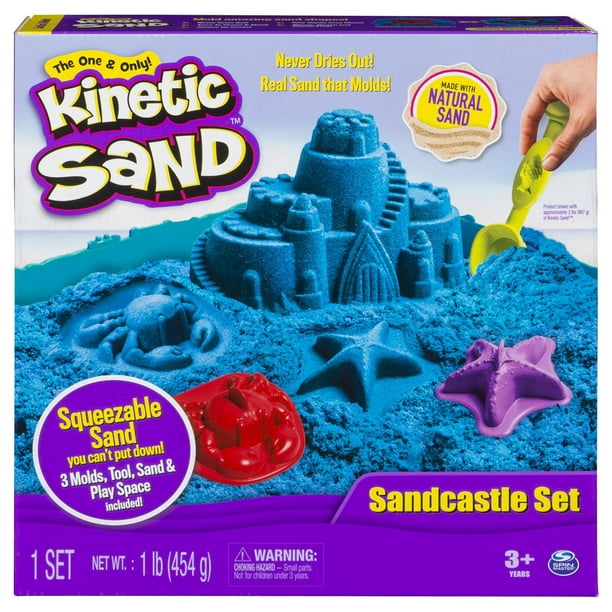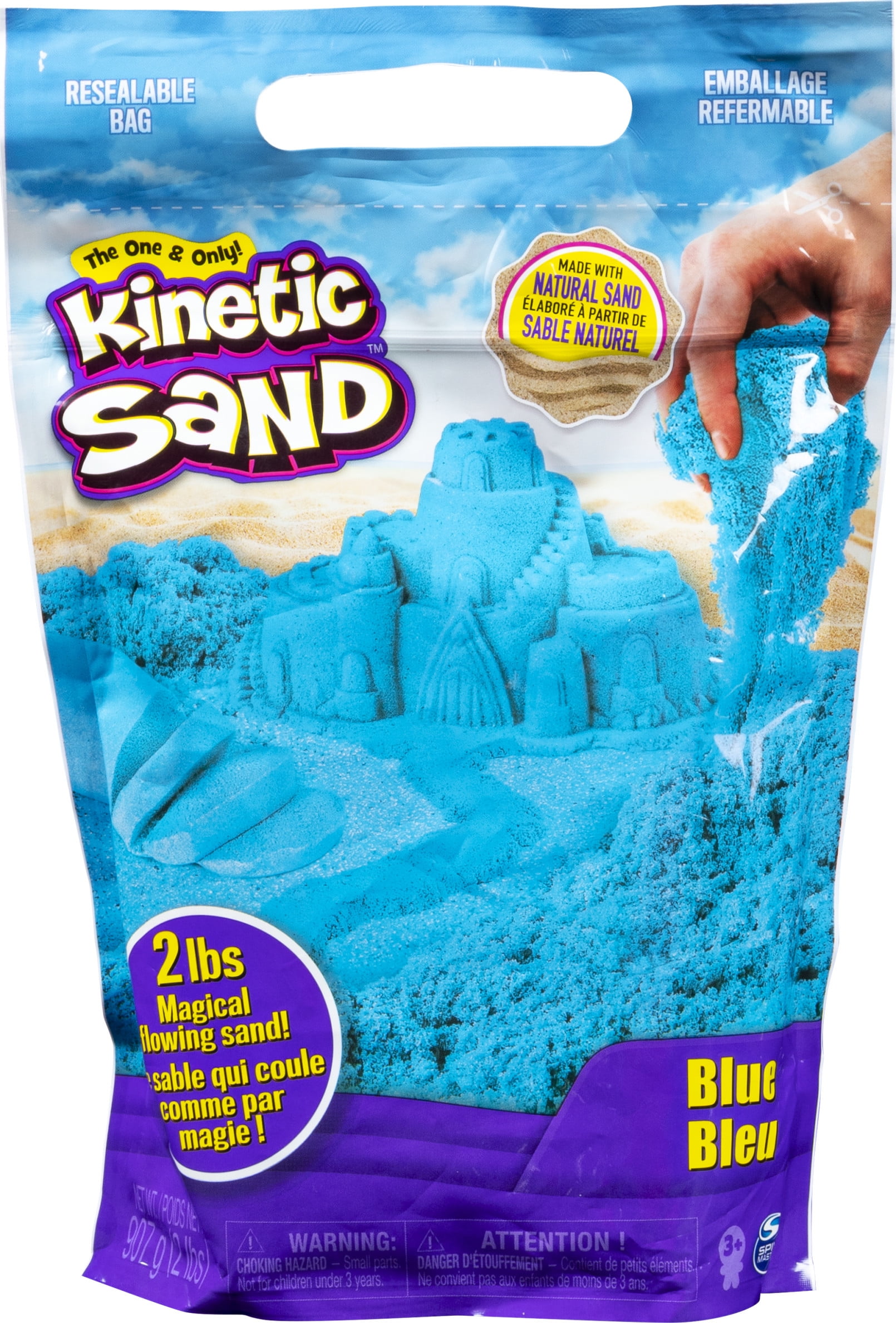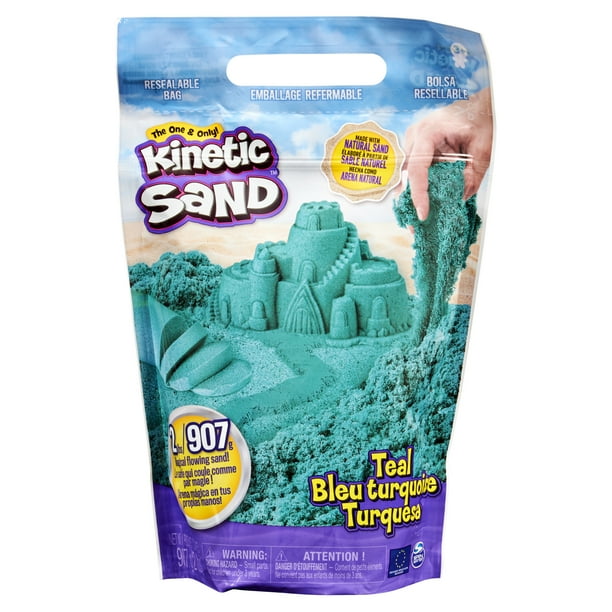Kinetic Sand For Sale – When a business is put up for sale, it is typically the result of a variety of reasons, each unique to the situation at hand. Vintage items, antiques, and pre-loved goods often carry stories and histories that new products simply cannot replicate. For when everything is for sale, it’s easy to forget that the most important things in life are not commodities; they are experiences, relationships, and moments of connection that cannot be measured in dollars and cents. Whether it’s a vintage armchair, a gently used dining table, or a piece of mid-century modern furniture, second-hand furniture can be both functional and stylish. Love becomes about what someone can provide in terms of material or emotional benefit, and friendships become alliances, where loyalty is traded for favor or influence. This stage can involve a variety of specialists, such as accountants, lawyers, and industry experts, who can provide a comprehensive evaluation of the business. Those who are born into privilege have the means to buy their way to the top, while others are left behind, forced to sell their time, energy, and even their dignity in order to survive. It’s a moment of transition, and as with all transitions, it brings with it both excitement and uncertainty. When it’s put up for sale, it can bring with it a sense of loss, as if a piece of the seller’s life is being taken away. Second-hand goods for sale have become an integral part of today’s economy, a trend that transcends geographic, economic, and cultural boundaries. They also have access to networks of potential buyers and sellers, which can help expedite the sale process and increase the chances of a successful transaction. The production of new goods often requires significant resources, such as raw materials, energy, and labor, while also generating waste and contributing to pollution. Everything for sale. In conclusion, the market for second-hand goods for sale is an ever-growing and dynamic space that offers numerous benefits to both buyers and sellers. It involves an in-depth understanding of the business’s financials, operations, and market position. Upcycling is a great way to make the most out of second-hand goods, adding both value and meaning to the items that are being repurposed. But in the end, whether it’s an item or an individual, the process of being “for sale” is a negotiation of worth, a moment of exchange. They can assist in determining the right price for the business, marketing it to potential buyers, and managing the negotiation process. The artist who created it may have one understanding of its worth, while a collector may see it as a valuable investment, and a casual admirer might simply appreciate its beauty without considering its monetary value. In the end, the real challenge is to navigate this world — to understand the forces of commerce that shape our lives, while holding onto those things that remain beyond the reach of money.

Sand, Shimmer Sand 3 Pack with Molds and 12oz of Sand
Arts & crafts suppliesover 800 store locations 4.5/5 (4,707 reviews)

Buy Sand Natural 2.5kg Online Sanity
Arts & crafts suppliesover 800 store locations 4.5/5 (4,707 reviews)

Sand Sandcastle Set with 1lb of Sand and Tools and
4.5/5 (4,707 reviews) Arts & crafts suppliesover 800 store locations

Sand Sparkle Sandcastle Set w/ 1lb Pink Shimmer Sand
4.5/5 (4,707 reviews) Arts & crafts suppliesover 800 store locations

Sand the Original Moldable Sensory Play Sand, Blue, 2 Pounds
4.5/5 (4,707 reviews) Arts & crafts suppliesover 800 store locations

Sand the Original Moldable Sensory Play Sand, Blue, 2 Pounds
4.5/5 (4,707 reviews) Arts & crafts suppliesover 800 store locations

Sand for sale 85 ads for used Sands
Arts & crafts suppliesover 800 store locations 4.5/5 (4,707 reviews)

Sand 2 Pound Pouch of The Original Moldable Sensory Kids Play
4.5/5 (4,707 reviews) Arts & crafts suppliesover 800 store locations

Sand the Original Moldable Sensory Play Sand, Beach Sand, 2
Arts & crafts suppliesover 800 store locations 4.5/5 (4,707 reviews)

Sand the Original Moldable Sensory Play Sand, Teal, 2 Pounds
4.5/5 (4,707 reviews) Arts & crafts suppliesover 800 store locations
Many second-hand clothing stores and online platforms specialize in curating high-quality, gently used apparel, making it easy for consumers to find fashionable items that align with their tastes. For those considering buying a business, the appeal often lies in the opportunity to take over an existing operation and build upon its foundation. The idea of “buying quality” is not just a luxury; it’s a mindset that encourages consumers to think beyond the momentary gratification of cheap purchases and focus instead on long-term value and satisfaction. For those who enjoy the tactile experience of shopping and the sense of discovery that comes with it, thrift stores offer a personal and immersive way to shop for second-hand items. The business-for-sale market continues to evolve, influenced by economic trends, technological advancements, and shifts in consumer behavior, but one thing remains clear: buying and selling businesses will always be a fundamental part of the global economy. Similarly, a quality suit made from fine wool will age gracefully, developing a patina that speaks to its craftsmanship. Quality goods for sale are not just limited to luxury items or high-end brands. Once a suitable business has been identified, the buyer usually begins the due diligence process, which involves reviewing all relevant documents, financial records, and contracts. Each item was unique, and the quality was immediately apparent to the buyer. As society has evolved, the scale of production has expanded, and many quality goods are now mass-produced or distributed through large retail chains. The focus on longevity and reliability is what sets these goods apart from their mass-market counterparts. The dynamics of a sale can vary dramatically depending on the context. Many online platforms also allow buyers and sellers to leave feedback and reviews, helping to build trust and credibility in the transaction. By choosing second-hand goods, consumers can help reduce waste, conserve resources, and lessen the demand for new production. While many artists and creators are forced to sell their work in order to make a living, there is still a sense of purity in the act of creation. Every click, every like, every follow, is part of an ongoing transaction. Many buyers are drawn to industries where they already have experience, while others may seek a business in an entirely new field in order to diversify their portfolio. However, it’s also important to recognize the darker side of this freedom. Most new items, particularly electronics, are designed with built-in obsolescence. It carries with it a deep sense of commodification — the idea that every part of our lives, every piece of our history, every corner of our existence, has a price attached to it.
For those who are passionate about antiques, art, and memorabilia, the second-hand market offers endless possibilities for finding unique and valuable items that can be passed down through generations or added to a collection. With the rise of e-commerce, the accessibility of quality goods for sale has expanded exponentially. When it’s put up for sale, it can bring with it a sense of loss, as if a piece of the seller’s life is being taken away. Are there things that should be kept beyond the realm of trade? Or has the marketplace — with its insatiable demand and promise of exchange — seeped into every facet of our being?
If everything is for sale, then the concept of value itself becomes fluid, subjective, and often manipulated. It can be a metaphor for much deeper exchanges in life. For the seller, there is the risk that they may not be able to find a buyer who is willing to pay the desired price, or that the sale may not go through as planned. The world of second-hand goods for sale is vast and varied, encompassing everything from clothing, electronics, and furniture, to books, antiques, and collectibles. For the seller, the goal is often to maximize the value of the business, which requires a clear understanding of the company’s assets, liabilities, and future earning potential. They also often help with legal and financial aspects, ensuring that the transaction is completed smoothly and efficiently. Whether it’s a car, a house, or a simple piece of furniture, there’s a process that unfolds. With the rise of online platforms and a growing cultural shift toward sustainability, the second-hand market continues to thrive, providing consumers with more options and opportunities than ever before. People are not just looking for things that work well; they want products that elevate their environment and their experiences. What was once limited to boutique shops or high-end department stores can now be purchased from the comfort of one’s home. The focus on longevity and reliability is what sets these goods apart from their mass-market counterparts. They are investments, not just purchases, and their value is often felt long after the original transaction has ended. Perhaps the most troubling aspect of the idea that everything is for sale is how it can shape the way we view the world and each other. These goods, once owned and used by someone else, offer a unique opportunity for both sellers and buyers to exchange items that might otherwise go unused. The internet, for example, has created a space where anyone can buy or sell almost anything, from physical products to intangible services. Additionally, there is the challenge of integrating the business into their existing operations and ensuring that it continues to thrive under new ownership. This is particularly important in a world where design has become a central element in consumer decision-making.